Table of Contents
ToggleProve Your Innocence
Before attempting to prove innocence, the defendant must determine whether, under US law, they have a case for arguing their innocence.
Depending upon the accused’s risk of conviction, the defense will adapt their strategy toward arguing the accused’s innocence.
Establishing Legal Terms and References
Legal terms will be referenced in this article, including the term attorney, which refers to the representative of the individual who stands accused of a crime.
The term defendant will be used to refer to the individual that stands accused of a crime.
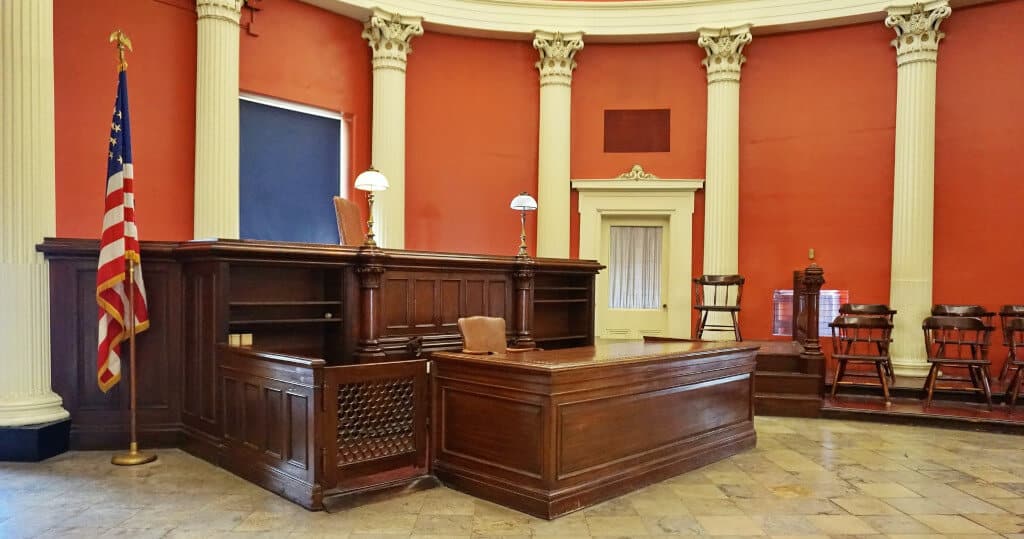
The main laws that will be addressed are The Constitution of the United States and The Civil Rights Act of 1964. Both of these are relevant when an attorney is proving the accused’s innocence in a US court.
Under The Constitution of the United States, Habeas Corpus, which means ‘that you have the body,’ is a law that will be discussed as it is fundamental to providing liberty to the innocent.
Three main topics will be covered for different ways of proving your innocence in a US court:
- Protecting Innocence with Habeas Corpus
- Providing Evidence
- Presumption of Innocence
Protecting Innocence with Habeas Corpus
Habeas Corpus is a law allowing defendants who have been prosecuted and detained to receive the right to a fair trial. The law has been in place since 1679 and applies to those who are detained in jail or prison.
Protected under The Constitution of the United States, Habeas Corpus means that those who have been wrongly accused or have had false allegations made against them are presented with the opportunity to defend themselves and not be subjected to false imprisonment.
Applying for Habeas Corpus
To increase the chances of release, an application for Habeas Corpus should be made when the defendant is imprisoned. It can take up to 60 days to receive a response from the courts.
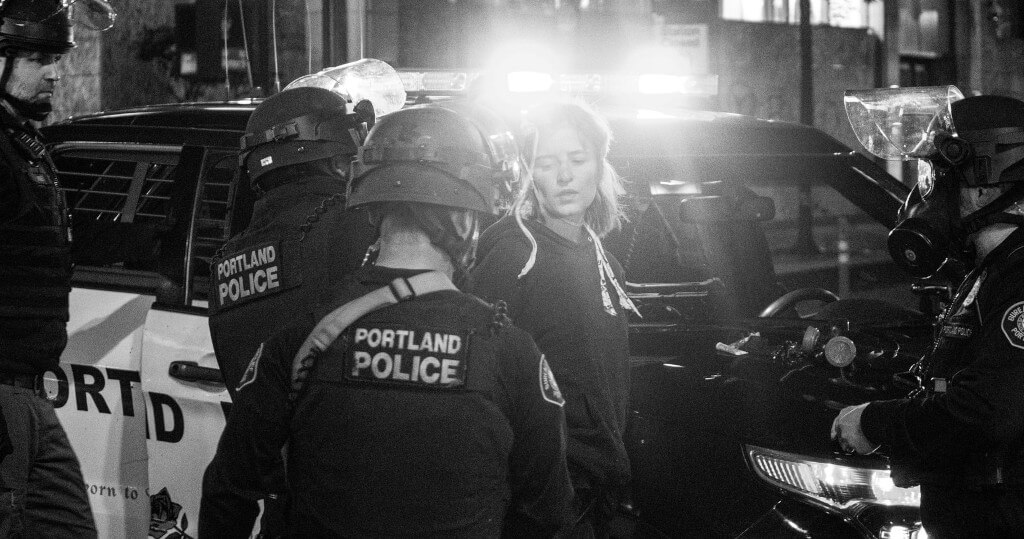
This time frame allows the attorney and the defendant to prepare for court and prove the defendant’s innocence.
The Federal Criminal Process
The federal criminal process consists of eight stages. The second stage, charging, and the third stage, arraignment, are the most relevant stages to utilize Habeas Corpus.
Both of these stages allow the defendant to provide an alibi and evidence to prove innocence.
The Second Stage of the Criminal Process: Charging
The second stage, charging, provides both the attorney and the defendant time to prepare their evidence and seek key witnesses who can support the plea of not guilty.
The case will be presented to a jury, so this is an opportune instance where facts can go in the defendant’s favor. It is important for strong evidence to be provided at this stage as it will result in a decision being made about whether the defendant should be charged.
The Third Stage: Arraignment
The third stage, arraignment, provides a platform for the defendant to share personal details. For example, their good reputation, how they have been an asset to society, and, if relevant, any circumstances that contributed to them being at the crime scene.
The Civil Rights Act of 1964
The Civil Rights Act of 1964 is essential legislation supporting the defendant’s application for Habeas Corpus irrespective of race, background, or any protected characteristics.
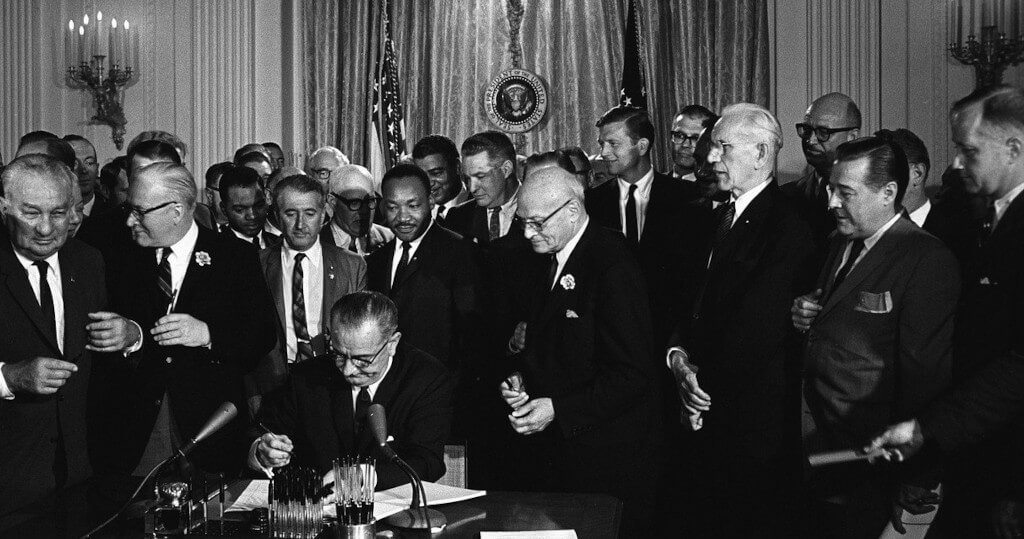
The Civil Rights Act of 1964 gives both ‘Freedom to have a fair court trial’ and ‘Freedom of speech‘. This ensures that the defendant can confidently and clearly put their case forward to prove their innocence.
Protection From Bias
The Civil Rights Act of 1964 will also protect the defendant from any bias from the jury.
Once the defendant’s case and evidence have been put forward, the jury will not make any decisions stemming from prejudice or discrimination.
Providing Evidence
Each case begins by presuming that the defendant is innocent.
Depending on the crime, different pieces of evidence will support the defendant’s case. For example, an alibi showing that the defendant was either in another location, with other people, or at work. This can prove innocence.
Witness Statement
A witness statement is one of the strongest types of evidence during a trial. The witness statement will not only develop trust between the defendant and the jury, but it will also prove challenging for the judge to dispute any further evidence that the defendant and their attorney provide.
Four Types of Witness Statements
There are four types of witnesses to prove your innocence in a US court. These consist of a lay witness, an expert witness, a character witness, and a secondary witness.

Before trial, the attorney and the witness need to prepare the witness’s statement to be cohesive with the overall statements for evidence.
Lay Witness
A lay witness is crucial to proving the defendant’s innocence. They are someone who was either at the crime scene and saw the events firsthand or in proximity to the crime and witnessed it.
Unless a lay witness voluntarily comes forward to provide evidence, evidence may need to be obtained from CCTV footage to identify who was at the crime scene.
Once a lay witness has been identified, this could lead to further evidence proving the defendant’s innocence.
Expert Witness
An expert witness is both independent and impartial in the US court of law, and they are predominantly beneficial for resolving disputes. It is recommended that a legal representative liaises with the expert witness.
The expert witness has expertise in a specialist field, or they have acquired knowledge beyond that of a novice. Opinion evidence can support a defendant’s case along with factual-based evidence.
To resolve a dispute, expert witnesses are particularly useful, and they can provide an Expert Witness Statement.
Character Witness
Character witnesses are used mainly in criminal cases, and it is not common for them to have witnessed the crime. The character witness knows the defendant on either a personal or a professional level. They are usually people such as a family member, a friend, or a neighbor. They can also be a member of a church, a doctor, or a teacher.
The character witness should have a strong track record. They should not have a criminal record, and the longer the period of time that they have known the defendant, the more that this will solidify the defendant’s case and proof of innocence.
Evidence the character witness provides further backs up the evidence that the defendant has put forward.
If the character witness does not want to stand up in court, then they provide written evidence, and during the trial, this would be read out in court.
Evidence From Electronic Devices
There are numerous ways that evidence can be taken from electronic devices such as mobile phones, laptops, and tablets.
If the defendant used their mobile phone to take photographs or videos on the day that the crime took place, the date and time recorded in the information of this data could prove the defendant’s innocence.

Text messages can prove plans to go elsewhere. Call logs can show other people that the defendant was in contact with. Correspondence on social media can also reveal conversations that were carried out at certain times and locations.
Additionally, if false allegations have been made against the defendant, then their evidence will convey their honesty.
Evidence from the lay witness can also reflect that the defendant was not present at the crime scene.
GPS Data
A range of different apps collates GPS data. Web browsers such as Safari and commonly used apps such as Google Maps store information about the time and location of when you used your app. This is ideal to further support the defendant’s case in court and prove their innocence.
Other apps that might not necessarily be expected, such as Groupon, Uber, and ShopSavvy, also record an individual’s data about their time and location.
Simplistic evidence can often be the strongest, and whilst the defendant was carrying out their normal routine and browsing on their phone, they could have also been simultaneously gaining an alibi.
Surveillance Camera Footage
Another type of firm evidence is surveillance camera footage. This cannot be disputed as the clarity of the recording will reveal another suspect that does not match the defendant’s description or the allegations made against them.
Initially, an attorney should seek out any surveillance camera footage from the crime scene, footage within proximity to the location of the crime, or footage in nearby areas.

Any footage that can capture evidence of another suspect could prove beneficial in preventing the case from going to trial.
Footage from surveillance cameras is a direct link to sourcing witnesses. Under the fifth amendment of the US Constitution, witnesses cannot generally be forced to testify. Therefore, in addition to camera footage, it is wise for an attorney to obtain various sources of evidence so that the defense cannot be weakened.
Bank Records
Bank statements are key evidence to prove innocence. A bank statement can state that the defendant was out shopping or visiting an attraction in a different location away from the crime scene.
The bank statement can then lead to further evidence being retrieved from CCTV footage, smartphones, other GPS trackers, and lay witnesses.
Bank records may uphold their good and trustworthy character to prove a defendant’s innocence. If the defendant has sustained bill payments or made ongoing repayments for loans, this will go well in the defendant’s favor and reflect their character.
DNA evidence
During stage one of The Federal Criminal Process, the investigation, a range of government agencies can be used to obtain evidence.
Depending on the crime, various types of physical evidence will be brought forward. If the defendant’s DNA is not present, this calls for a request for the defendant to be exonerated from the allegations and for the case not to be taken any further.

If DNA is found on tangible evidence, it is the attorney’s responsibility to prove why the DNA is there and to prove the defendant’s innocence further. Before the crime, if the defendant knew the victim or had visited the location where the crime took place, it is likely that their DNA would be present.
The attorney will need to accumulate other evidence such as phone records, text messages, bank records, surveillance records, and witness statements. This will help to explain and justify why the DNA was found.
Presumption of Innocence
Allegations
Once the allegation has been made, under the US state, it is a legal right for the defendant to be presumed innocent. Whilst the first stages of the investigation go ahead, this legal right needs to be maintained and kept at the forefront of the agencies’ minds.
Once the defendant has been arrested, they may either get sent to prison on remand or released on bail. Whilst they are in prison, the investigation procedures will be carried out, and all procedures should be approached from the stance that the defendant is not guilty, was not present at the scene of the crime, and had no involvement in the crime.
Right to a Fair Trial
The opportunity to apply for Habeas Corpus, is one of the first steps that lead to the presumption of innocence. Habeas Corpus re-emphasizes the defendant’s right to liberty, a fair trial, and freedom of speech.
The sixth amendment of the US Constitution, confirms the safety and security of the defendant and how all steps that are taken by the government, government agencies, the attorney, and witnesses mean that no harm will come to the defendant, they will receive regular updates about their case, if they choose to be informed, and all forms are processed promptly.
Released on Bail
For the defendants that are released on bail, their privacy or daily routine is not interfered with on any grounds. They have every right to access meetings and have any communication with their attorney regarding the process of their case.
Communication with the Attorney
As the defendant is presumed innocent, they will be offered the choice between video calls, face-to-face meetings, or both with their attorney. The way the defendant chooses to communicate can be altered depending upon the wishes of the defendant. Any information that will help ease concern for the defendant must be provided to them, and again, there should be preferences for how this is delivered to the defendant.

Facilities
Based on the fact that the defendant is presumed innocent, whether in custody, on remand, or on bail, all measures are put in place to ensure their comfort. All of the facilities they require for their basic needs are private, accessible, and sanitized daily. The defendant has access to a telephone and the internet so that they can choose how they contact their attorney and friends and family.
Within the facility where the defendant is held, there should also be a selection of options available for them to choose from to maintain high levels of health and fitness. Any medical attention they require should be tended to. However, no medical care can be imposed. If the defendant seeks further information or support regarding their well-being, this can also be provided.
The defendant can access outside areas that have a pleasant design space to relax and enjoy the weather. The outdoor area spans acres. There is also outdoor furniture, so if they choose to eat outside or have some more personal space, this is catered for.
Both indoor and outdoor facilities provide a pleasant and calm environment for the defendant to be visited by their friends and family regularly. Friends and family can also receive drinks and food and have access to all required facilities.
Dietary Requirements
Dietary requirements are taken into consideration, and there is plenty of choice on the menu. There is an array of drinks for the defendant to choose from and no restrictions upon when they can eat or drink. The menu is regularly updated, and the option for takeaway is provided twice a week.
Employment and Education
Measures are also taken to ensure that the defendant’s employment or education is not impacted. If the defendant needs to maintain contact with an employer, carry out any work duties, or complete any educational material, then all steps are made to ensure that this happens. If the defendant needs resources, then the facility will provide these promptly, and any routine or activities that the defendant was carrying out prior to being at the facility will be continued.

Get Smarter on US News, History, and the Constitution
Join the thousands of fellow patriots who rely on our 5-minute newsletter to stay informed on the key events and trends that shaped our nation's past and continue to shape its present.

Finances
Defendants have access to their finances, and these are not interfered with or stopped. The defendant needs to take any steps to secure their finances while they are in the facility and are not stopped or interfered with. Once the defendant has been updated, charges have been dropped, and their innocence has been proven prior to trial, they receive an immediate option to complete the process for financial compensation.
Conclusion
Habeas Corpus is one of the strongest forms of legal protection when protecting innocence. Habeas Corpus ensures that from the moment the defendant is accused, they have the protection, safety, and security of both the law and the state behind them. The Federal Criminal Process, particularly the second stage, charging, and the third stage, arraignment, are the strongest moments to utilize Habeas Corpus and prove innocence.
The Civil Rights Act of 1964 also ensures that nobody is exempt from Habeas Corpus and that prior to and during the trial, everyone receives fair and equal treatment. This law means that decisions cannot be made by the jury or the judge on an unfair or discriminatory basis.
Evidence is also a large part of different ways to prove your innocence in a US court. The defendant’s attorney can gather evidence from a variety of sources that include witness statements, evidence from electronic devices, GPS data, surveillance camera footage, and DNA evidence.
Both independently and collectively, the evidence will work to create an alibi, prove the defendant’s innocence and make the charges be dropped prior to trial. The sooner the most reliable sources of evidence are obtained, the faster the defendant can be proven to be innocent.
The evidence that has been mentioned is the main source of evidence. However, there are other sources of evidence that can be utilized too to help prove innocence.
Furthermore, ongoing work and policy reforms work to improve unlawful convictions, and projects such as The Innocence Project work to inform the public and instill confidence and security.
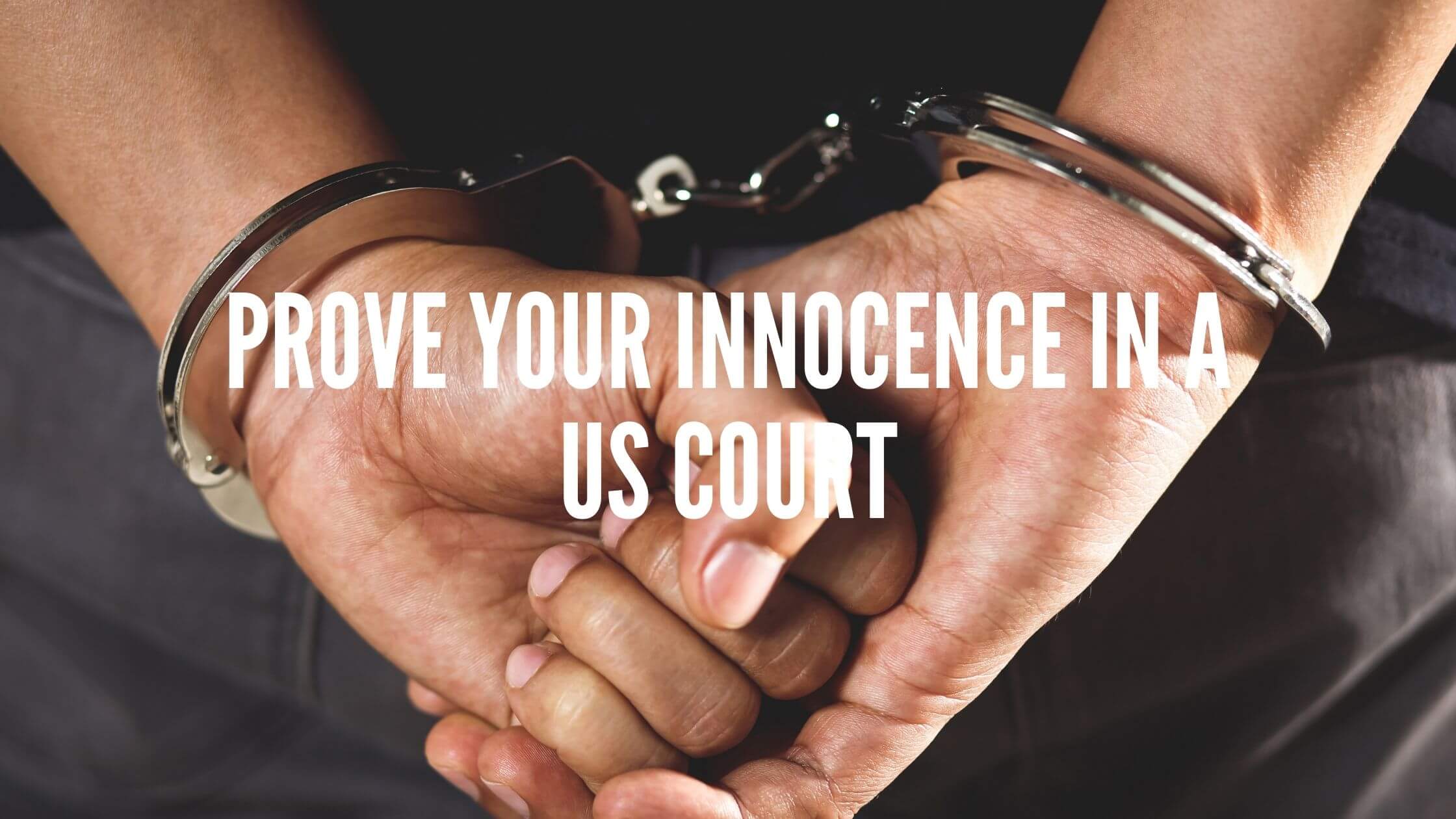
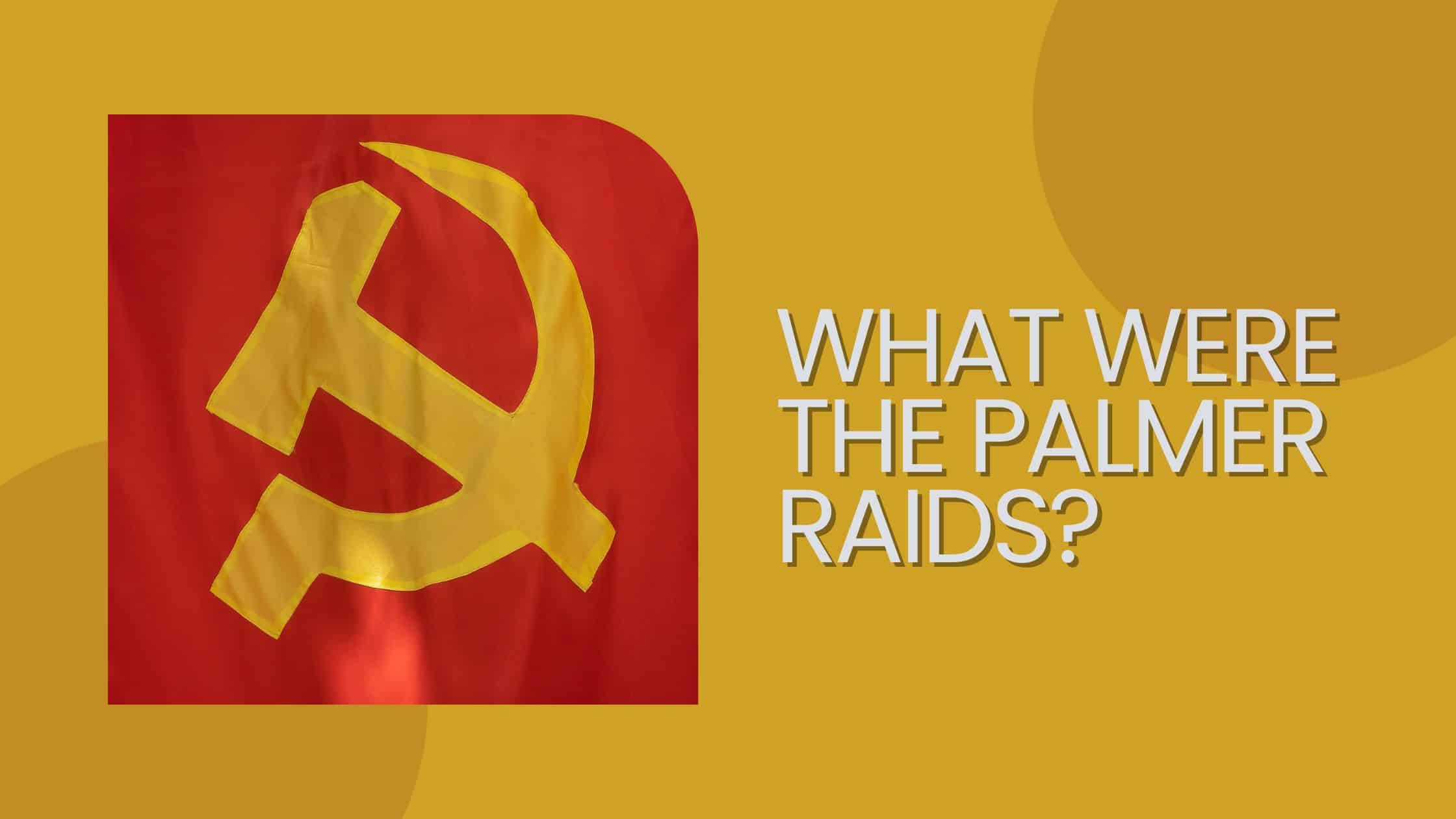
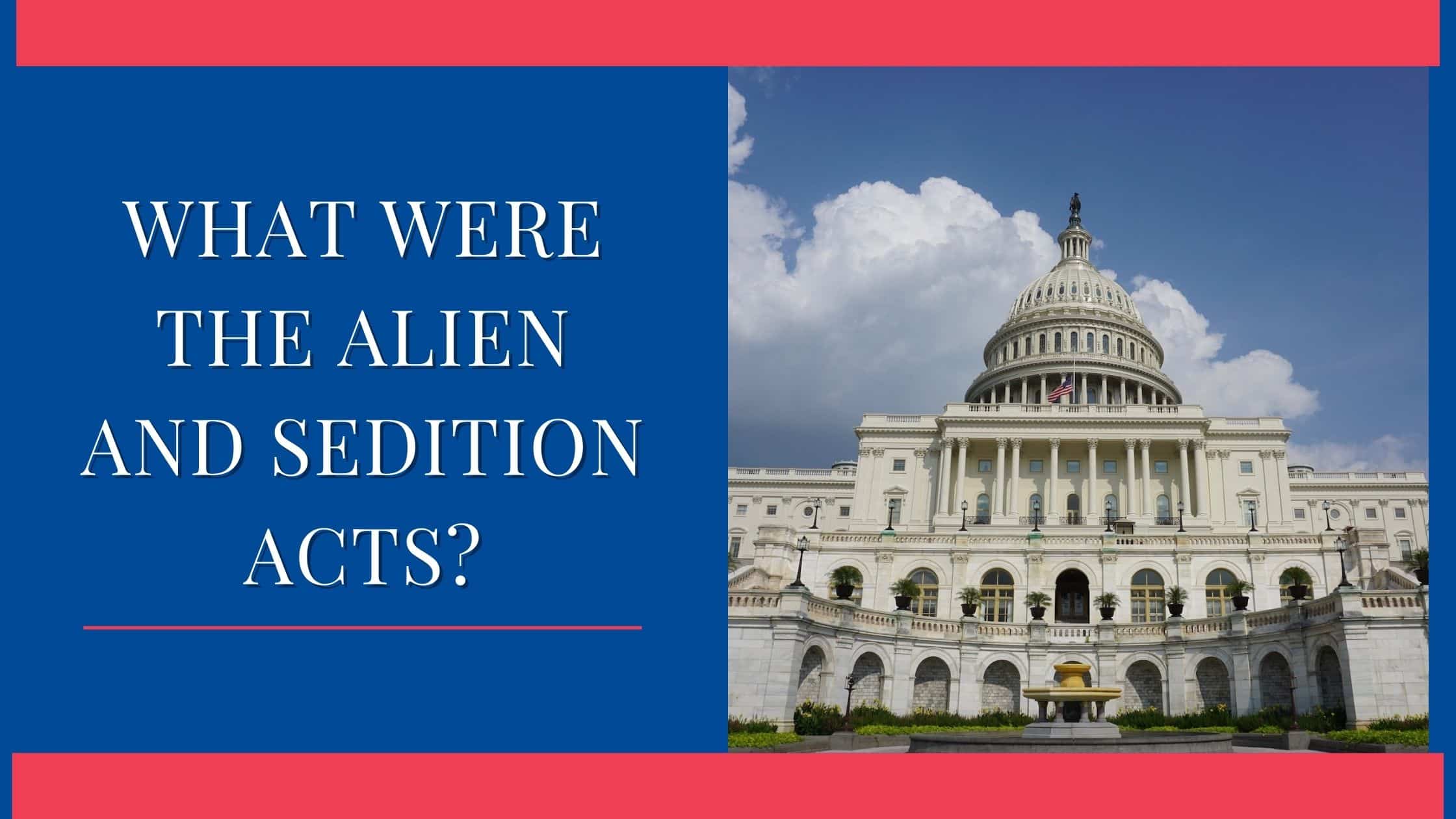
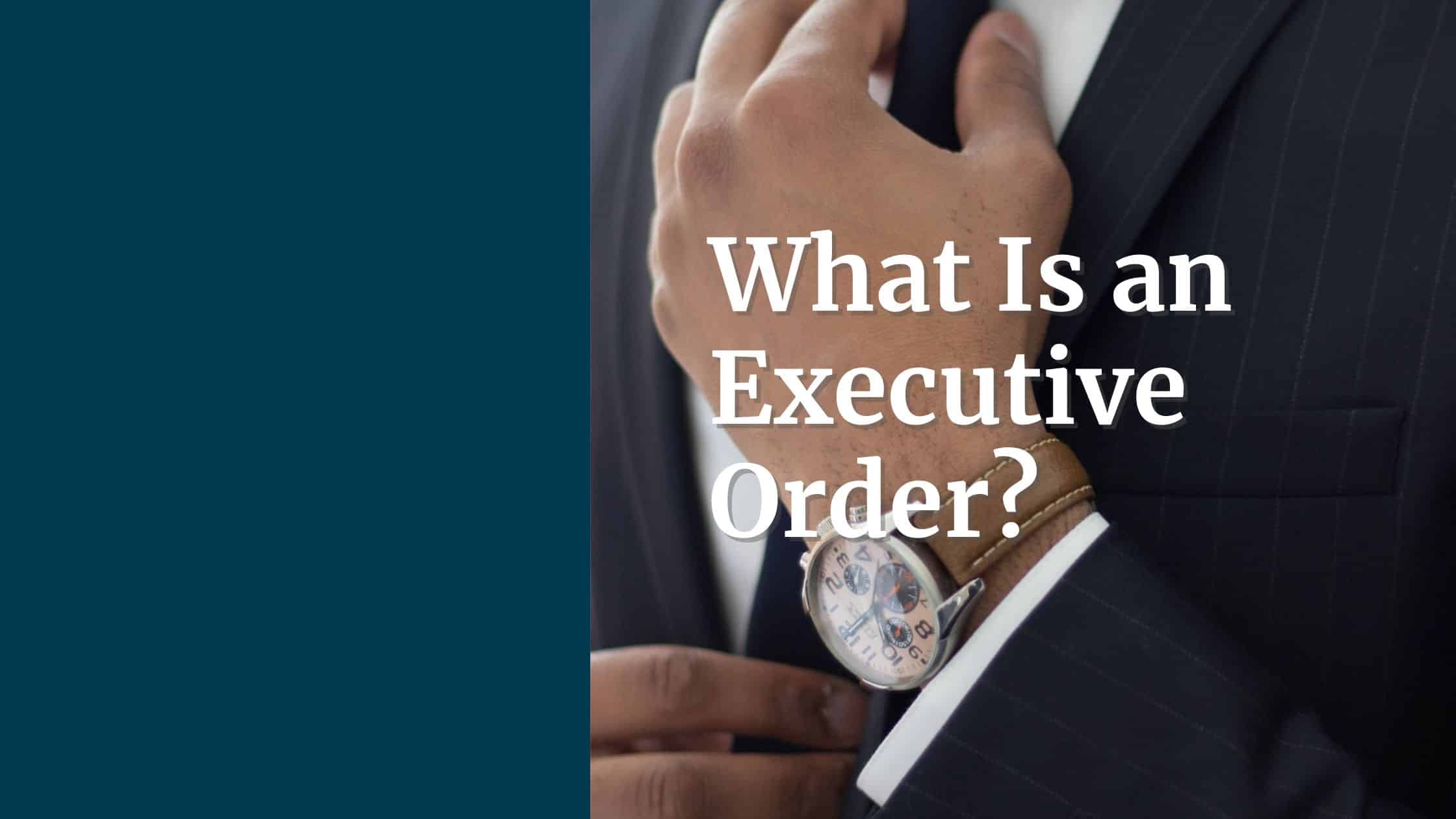








One Response
What about the use of habeas corpus when new evidence emerges in a case of a convicted felon? is the use of habeas corpus in such a case limited to one new trial?